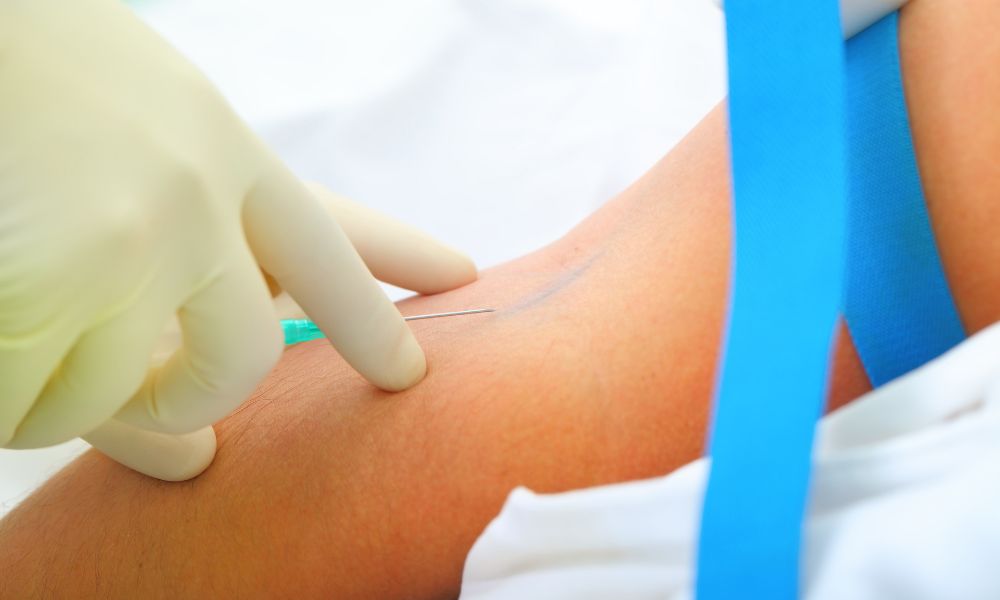When looking for a vein to insert an IV, the vein, ideally, should be large, pliable, and smooth. You also have to consider what needle size the vein can handle while avoiding areas that bend and noting how much the medication may irritate the vein. These numerous considerations can make it difficult to decide where to insert your needle and place your cannula. To make it a little easier, let’s review the best veins to choose for IV insertions.
Accessory Cephalic Vein
In general, the most popular vein for insertion is the median cubital, but the problem with using this vein for IV insertion is that it’s located directly on the bend of the forearm. If the patient needs to move their arm in any way, it’s going to cause them a considerable amount of pain. Instead, look for the branch that comes off the side of the cephalic vein, known as the accessory cephalic vein. This branch extends below the bend of the arm and can generally tolerate up to an 18 gauge. If you have trouble finding this vein, ask the patient to hang their arm so that it becomes much easier to see.
Median Vein of the Forearm
Your next ideal choice is the median vein of the forearm, also known as the antebrachial vein, which comes from the palm of the hand and travels along the inner forearm. This vein is also out of the way of any nerves or bends of the arm, so it won’t restrict the patient’s movement or cause any pain. However, this vein is not as large as the accessory cephalic vein and can only tolerate up to a 22 gauge. Additionally, if your patient has a decent amount of subcutaneous fat, this vein may tend to run deep and roll.
Dorsal Venous Network
The dorsal venous network is a collection of superficial veins located at the top of the hand. Although you would need to stabilize this vein to avoid rolling, asking the patient to make a fist to stabilize the vein will help engorge it and make it easier to see. However, like any vein, you need to determine its health before setting up the IV. In patients with a lot of subcutaneous fat, these veins tend to be smaller and more fragile.
At CPR123, we understand that without the right amount of practice, starting an IV can be a daunting task. That’s why we provide Texas IV certification courses with expert instructors to help you master the art of starting an IV line and choosing the best veins for IV insertions.







